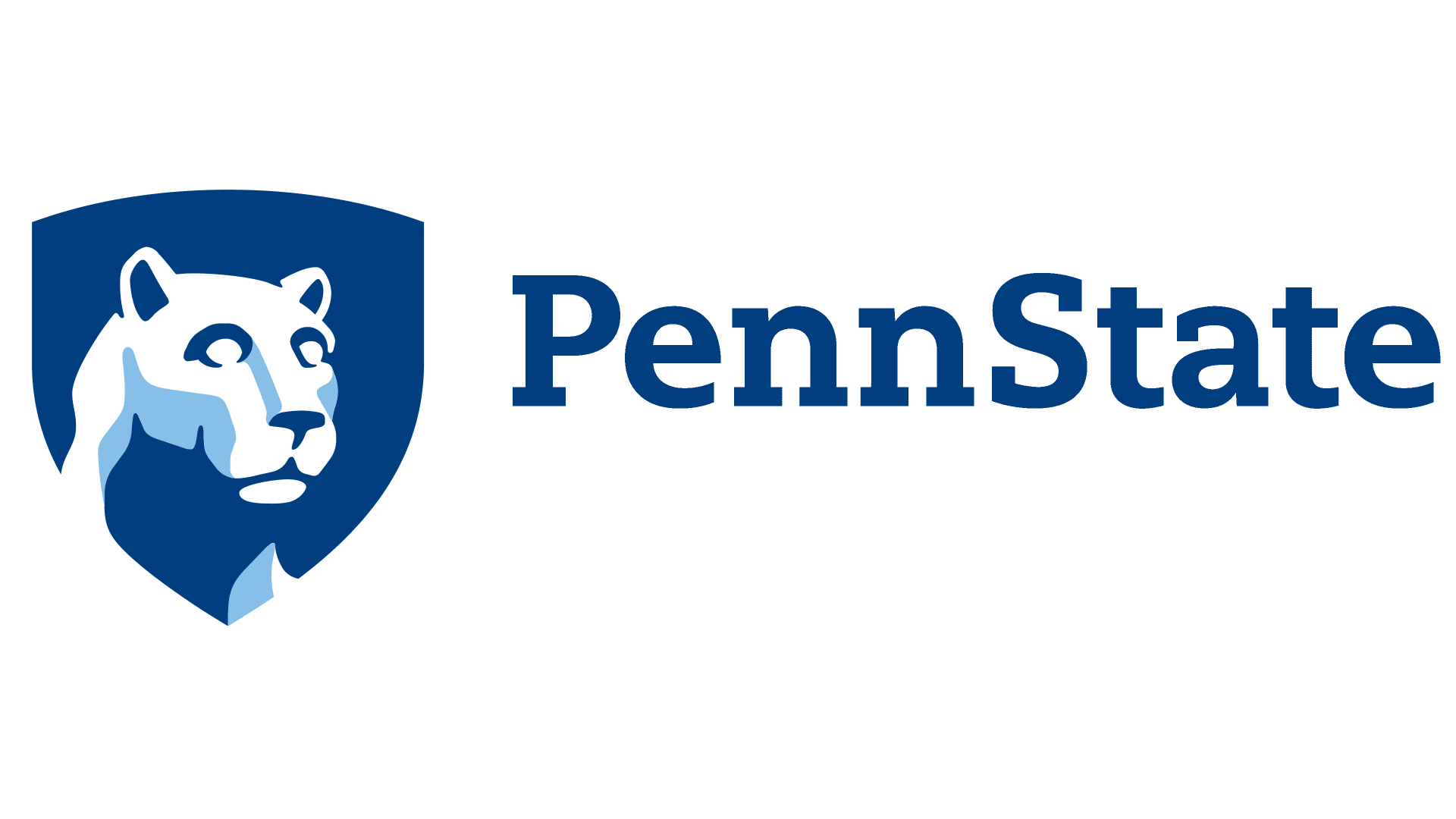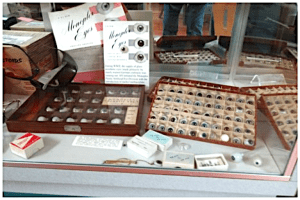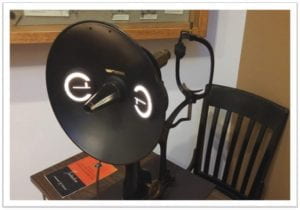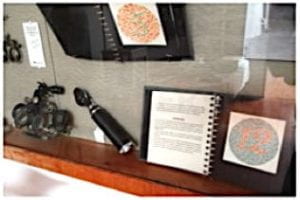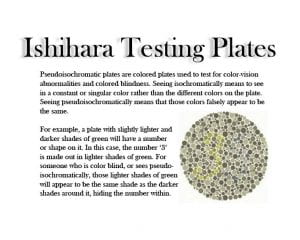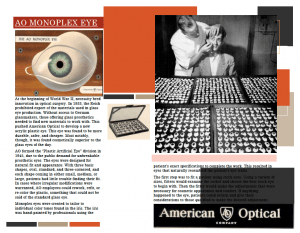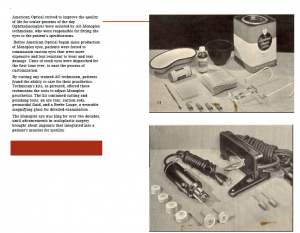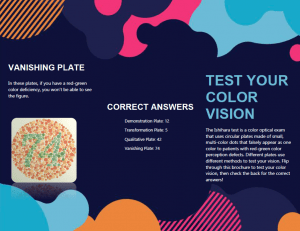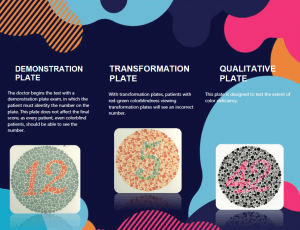Students entered English 418—Advanced Technical Writing and Editing—and their instructor, Megan Poole, asked them to write down their goals for the semester. Over 60% of the students wanted to learn how to “write professionally.” Other students in the course hoped to achieve “perfect grammar” for the writing they would do for their future employers. Reality hit when Poole informed told them: “You can practice writing professionally in the classroom. But you experience professional writing if you actually write for a professional organization.”
TASK: Design documents for the Optical Heritage Museum that make the technical work of optics appealing and engaging for public museum audiences.
The Optical Heritage Museum, curated by Dick Whitney, chronicles the history of ophthalmology in America. Because the optical devices (some of which are pictured above) are so complex, however, the museum faces a unique challenge: how to relate the intricacies of technical devices to public audiences.
Enter a group of technical writing students who are specializing in how to translate complex information into plain language. Students in Poole’s ENGL 418 also focused on how to design documents that makes information easily accessible and appealing to their audience. When these students were tasked with helping the Optical Heritage Museum, their skills were put to the test.
Student Products
Some students in the course analyzed technical manuals accompanying the museum’s optical devices and composed succinct museum placards that explained what the devices were and how they worked (Figure 1 below). Other students wrote narratives detailing the history of interesting products (Figure 2-3).
Still other students composed interactive handouts that allowed visitors to check their color vision (Figure 4-5) or visit a Question & Answer station to test their knowledge of sunglasses and protective eyewear. At the end of the course, one student remarked that he “wished the museum was right next door so I could go see how visitors are engaging with what I produced.”
Click the images below to enlarge students’ work.
Reflecting on Professional Writing
Throughout this commissioned assignment, students were faced with the pressures of writing on the job: composing sentences that were grammatically correct, choosing fonts and design themes readable from a distance, and working for a client who has specific needs for their organization. After experiencing what it means to “write professionally,” many students in Poole’s class reported feeling more confident about their writing.
Of course, gaining such confidence was no easy task. As one student said: “Writing is a lot harder than I thought. But I guess it’s also more rewarding than I expected.” Rewarding, indeed. That student’s work, along with the work of other students in ENGL 418, promises to change how visitors engage with the optical devices on display at the Optical Heritage Museum for years to come.
